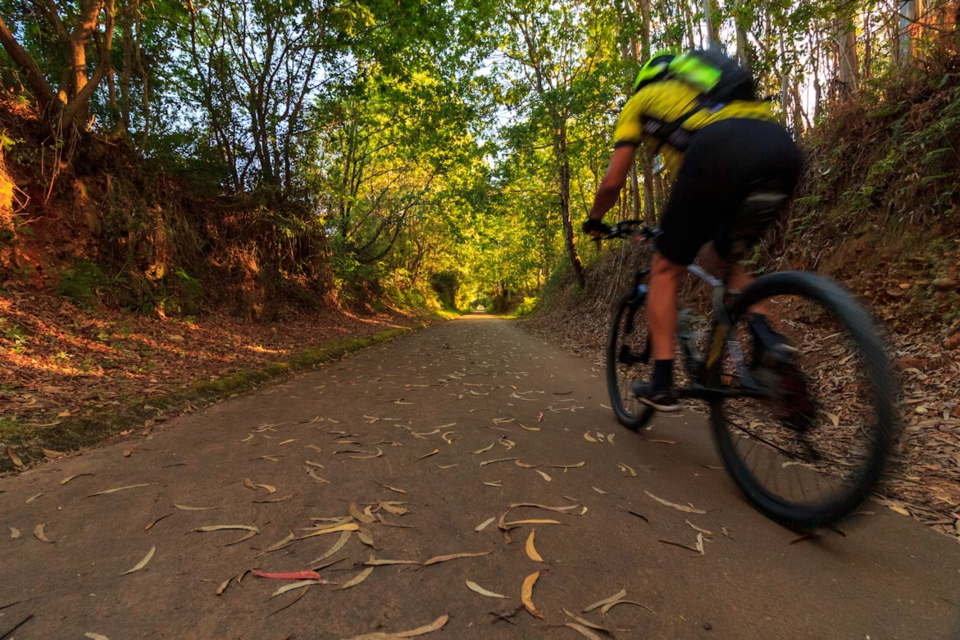There is something elemental about mountain cycling that few other sports can match. The wind wrapped around your face, smelling the air of tires in gravel, the sharpness of vision you get when following a zigzagging pathway, and then the stress slips away, and the fun is taking over. It is not only fitness. It is dealing with liberation.
Yet, despite all the excitement it provides, mountain biking is associated with certain risks. In such common places as the Glentress Forest in Scotland, the rescue teams are recording more cases where novice riders are getting into trouble. The lesson? Natural resources are beautiful, yet they deserve to be respected. Being aware of your boundaries and being ready just may mean the challenge of a lifetime or a life-threatening adventure.
Accidents on a trail can happen to anyone, no matter how careful you are. This is especially proven by the sad stats in this article about bicycle accident statistics. If you’re badly hurt, especially because of poor trail conditions or faulty gear, you might be able to get a bicycle accident claim payout. This can help cover things like medical bills, lost income, or fixing your bike. It’s worth checking what support you could get.
What to wear when mountain biking? Gear tips
What you wear while riding is just as important as how you ride. Proper gear protects you, improves performance, and makes your experience far more comfortable. Here is what you should always consider:
- Helmet: It must fit snugly and sit level on your head. Never ride without wearing a helmet.
- Gloves and pads: Full-finger gloves protect your hands, and padded shorts absorb trail shocks. Elbow and knee pads are essential for more technical terrain.
- Footwear: Mountain biking shoes with good grip help you stay connected to your pedals, especially in wet or rocky conditions.
- Eyewear: Sunglasses or goggles protect your eyes from dust, debris, and sunlight.
- Clothing: Go for moisture-wicking materials and avoid loose fabrics that could catch on branches. A waterproof jacket and layers are smart choices in changeable mountain climates.
Beginners Should Know Their Trail and Plan Ahead
Going to explore new trails without prior planning is a formula for trouble. Each of these routes possesses a personality of its own, especially since some are very steep and technical, and others are fast and forgiving. Find out the route in advance. As an example, trail maps, web reviews, or using apps such as Trailforks or Komoot, allow you to estimate the elevation, terrain, and difficulty.
You should tell someone where you are going and the time of coming back. In places that are hard to reach, cell phone service is not all that reliable; simple GPS devices or even maps are a bright idea to take as a backup. Watch the weather as well. The weather in the mountains can become stormy in a short period of time. In case of an extreme prediction of weather conditions, take into account rescheduling of the trip.
Learn The Basics About Mountain Bike Mechanics
Mechanical issues in the middle of the forest can turn a great day into a long walk back. Before every ride, perform a basic bike check. Look at your tires, are they properly inflated and free of punctures? Test your brakes to ensure they respond crisply and evenly. Spin through your gears and check that your chain is lubricated. A multi-tool, spare tube, tire levers, and a pump should always be in your pack. Regular maintenance is also crucial.
Mastering Body Position and Bike Control
Good gear helps, but solid technique is what makes a rider truly confident on the trail. Body position is key. Keep your weight centered, your elbows and knees slightly bent, and stay loose so your body can respond to changes in the trail. On descents, shift your weight back slightly to avoid going over the handlebars. Smooth braking is critical; avoid grabbing the brakes hard mid-turn, which can lead to skidding or loss of control. Enter corners with your eyes up, looking through the turn, and let your bike roll naturally. When climbing, stay seated and lean forward to keep traction on the front wheel.
Riding Mountain Bikes in a Group Is Safer and More Fun
Mountain cycling doesn’t have to be a solo adventure. Riding with a group often makes the experience safer and more fun. When you ride with others, you gain extra sets of eyes on the trail, instant help in case of crashes, and a bit of friendly competition that can push your limits. You also learn faster by observing experienced riders, how they approach descents, where they brake, and how they position their bodies through tricky corners. Beyond safety and learning, group riding is a great way to build community. Share trail tips, swap repair advice, and celebrate every ride with a cold drink at the end.
Embrace the Ride
Mountain cycling offers a rare combination of physical challenge and mental escape. Every trail brings a new story, whether it's a personal victory over a tough climb, a breathtaking view from a ridge, or a graceful descent that feels like flying. With the right preparation, smart choices, and respect for both nature and your limits, mountain biking can become more than just a hobby. It becomes a way to connect to the outdoors, to others, and to the best version of yourself. So clip in, gear up, and take the trail with confidence. The mountain is waiting.


